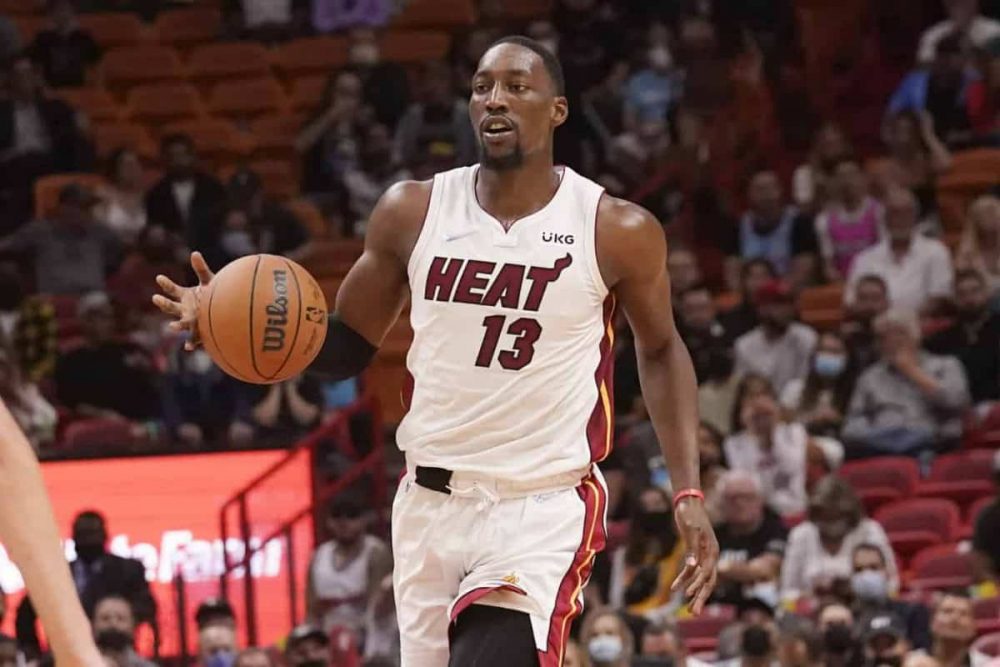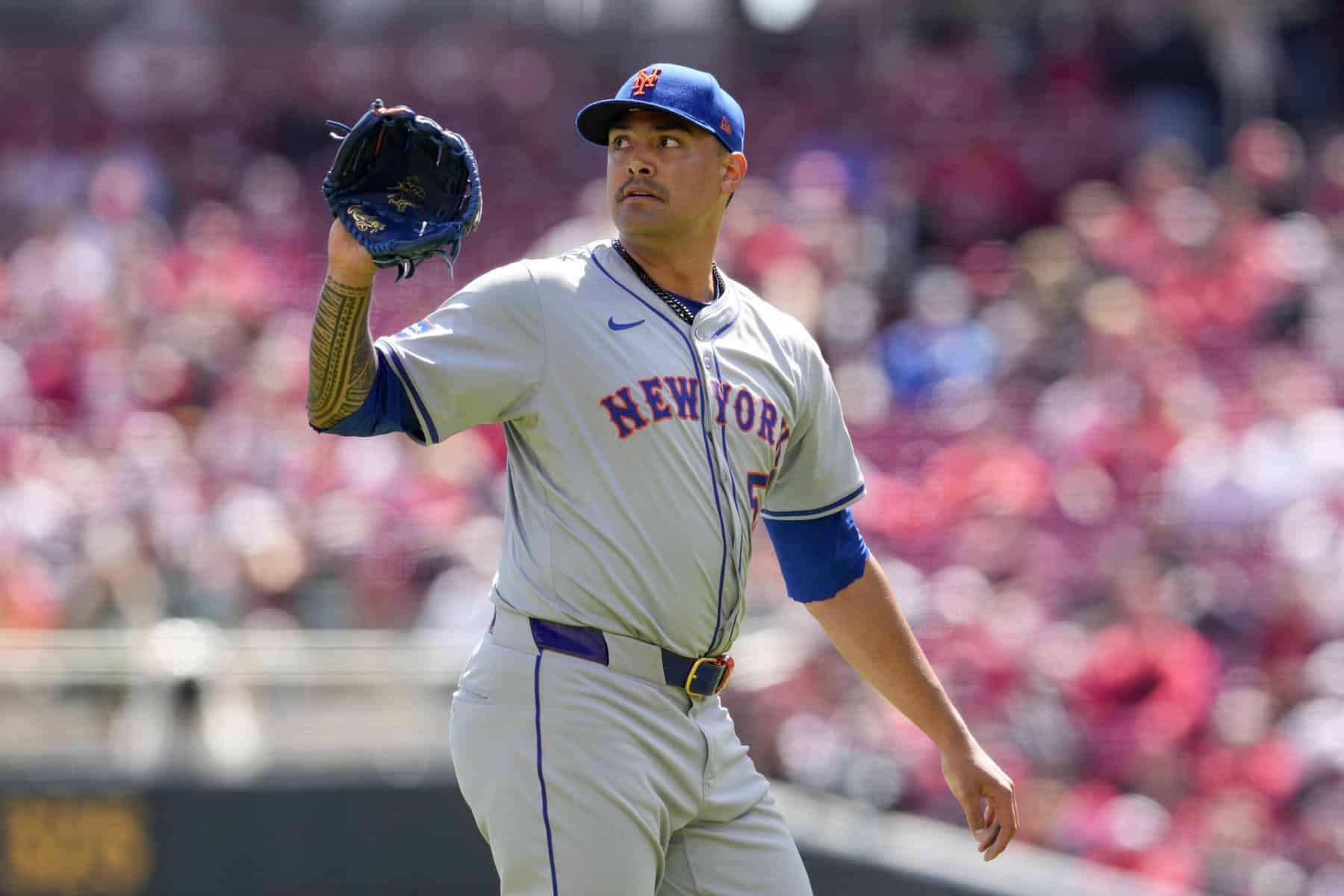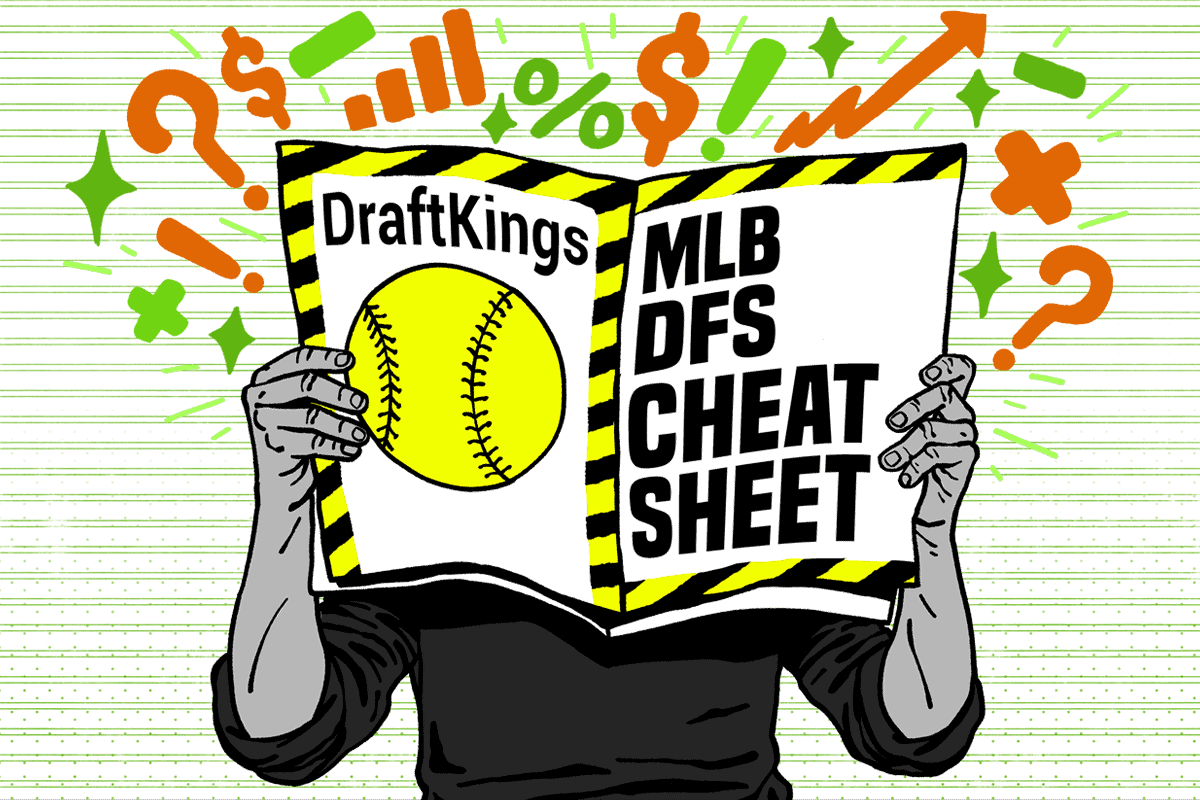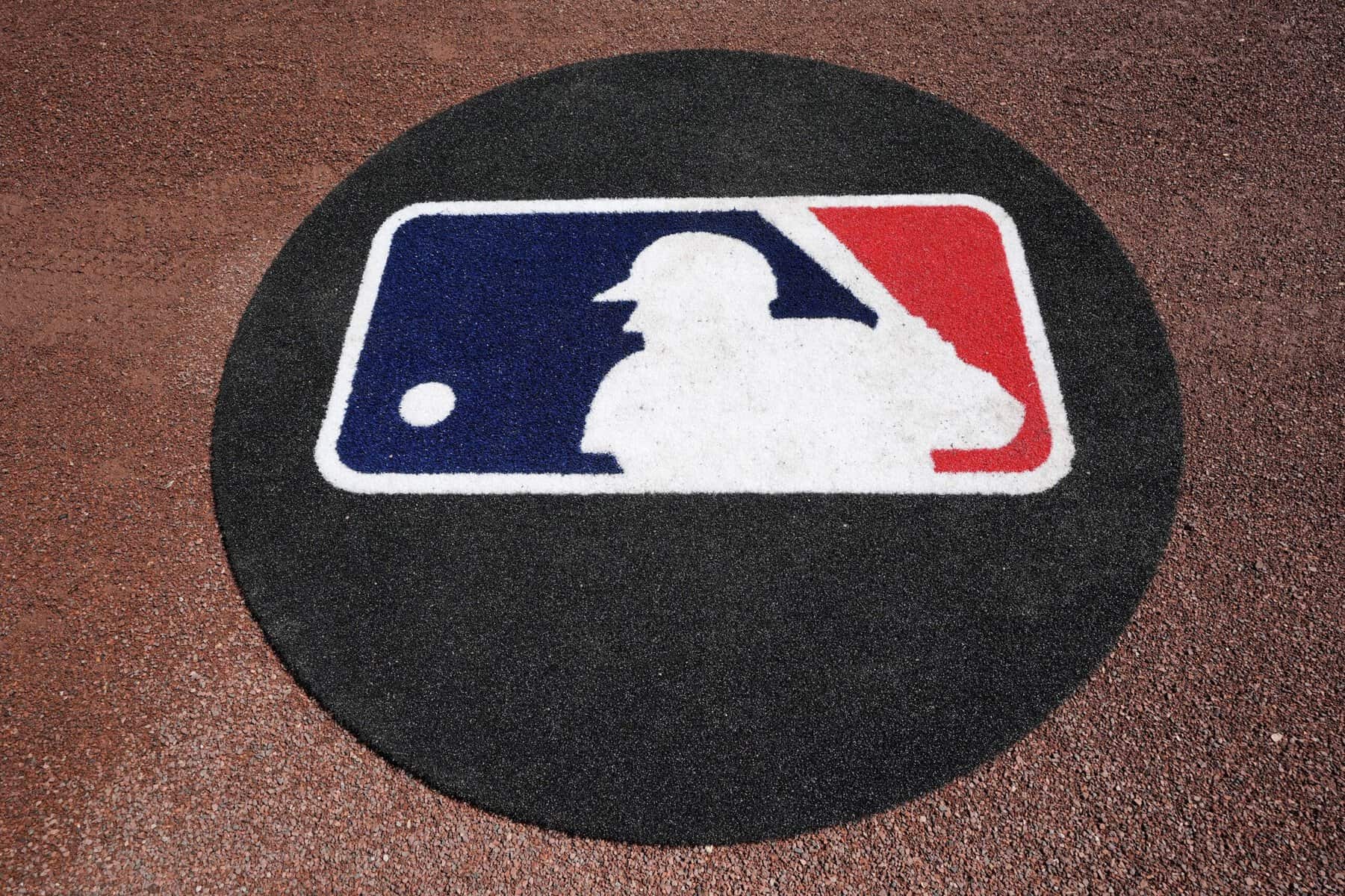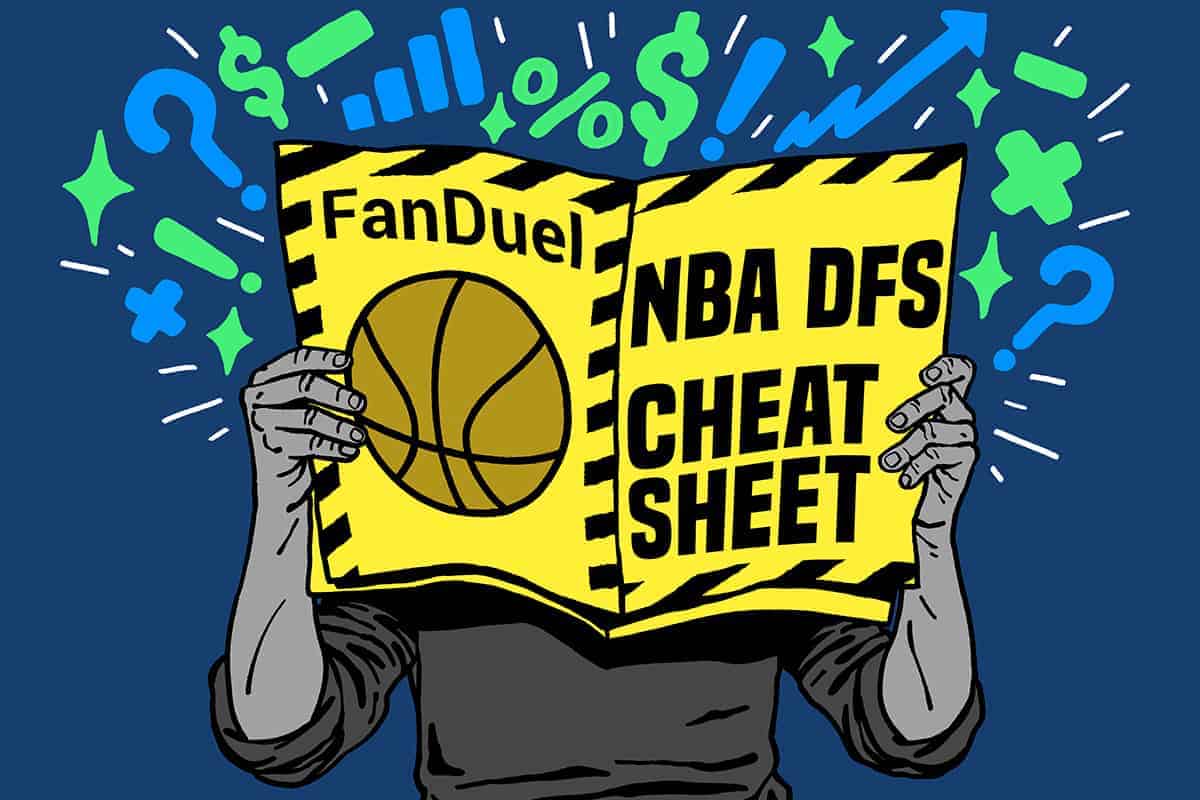The 2021-22 college football bowl schedule has been released and we are embarking on postseason play. Action opens up with a pair of bowl games on the schedule today, providing a showdown slate on DraftKings and FanDuel. This college football bowl game projection article will provide a DFS breakdown and look at each team and provide information about each skill position player of note. Make sure to check out Awesemo’s projections, depth charts and datasheets for more information. With that said, let’s dive into this week’s iteration of the CFB DFS picks for today’s bowl game matchups.
CFB DFS Picks: College Football Bowl Projections
Famous Idaho Potato Bowl: Kent State vs Wyoming
Kent State (30.75 Implied Total)
Plays/Game – 77.3 (11th)
Pass Rate – 42.29% (102nd)
After losing the MAC championship, Kent State enters the Famous Idaho Potato Bowl as a three-point underdog against Wyoming. Kent State runs one of the fastest offenses in the country, but they tend to favor the run. Regardless of their play-calling preferences, Dustin Crum ($8,000) is an excellent quarterback option. Crum is highly mobile, with 633 cumulative yards rushing this year. He has also been efficient as a passer, averaging 224.8 yards passing per game on 27.3 attempts. Wyoming plays solid pass defense, allowing just 6 yards per pass attempt. The Cowboys might try to slow this game, but Kent State’s poor defense generally facilitates shootouts for the offense. Even with the potential for reduced efficiency, volume should work in Crum’s favor. With his strong dual-threat ability, Crum is one of the top quarterbacks on the slate.
Kent State’s best matchup comes in the run game, where Wyoming allows 4.5 yards per rush attempt. This should set up lead back Marquez Cooper ($6,500) for a solid workload. Cooper averages 90.4 yards per game on 17.8 touches this year. Prior to Kent State’s blowout loss to Northern Illinois, Cooper had at least 22 touches in three straight games. In the conference title, his volume fell to six carries. Interestingly Xavier Williams ($4,500) logged eight carries, but he also did not see a target. Williams averages 65.3 yards per game on 10.2 touches as Kent State’s change of pace back. He will spell Cooper in this role, but his ceiling is limited without a blowout or a Cooper injury. Bryan Bradford ($3,500) will also mix in for a few touches here and there. He averages 5.3 touches per game this year. Either way, Cooper is the safest play of this group.
Unlike most teams on this slate, Kent State has a true alpha in Dante Cephas ($7,200). On the year, Cephas averages 86.5 yards receiving per game on 8.8 targets. This includes back-to-back games with 11 targets. Behind him, Keshunn Abram ($5,300) functions as the team’s WR2. He averages 50.8 yards receiving per game on 5.5 targets, including 15 targets over Kent State’s last two games. At WR3, it appears Ja’Shaun Poke ($4,100) has begun working ahead of Nykeim Johnson ($4,300). Kent State uses plenty of four-receivers sets, so this does not make a huge difference. However, Poke’s 93% route rate dwarfed Johnson’s 44% rate in Kent State’s last game. This is enough to split hairs and make Poke the slightly better price-adjusted play among the ancillary Kent State weapons. No other pass catchers play enough to strongly consider here.
Wyoming (27.75 Implied Total)
Plays/Game – 65.6 (113th)
Pass Rate – 38.37% (120th)
Coming out of the Mountain West, Wyoming went 4-0 in non-conference play before finishing 2-6 in conference play. Wyoming plays extremely slow and run heavy, but a mid-season quarterback change rejuvenated the offense. Initially starting Sean Chambers ($5,200), Wyoming made the switch to Levi Williams ($6,100) late in the year. Williams is the superior rusher of the two. In limited action his 282 yards rushing already dwarf Chambers’ 198. As a passer, Williams still leaves much to be desired. He has one game above 200 yards passing this year, while completing 57.8% of his passes. Fortunately, Kent State remains one of the worst defenses in the country, allowing 7.8 yards per pass attempt. With solid rushing output, Williams provides a safe enough floor to target in DFS.
Wyoming also draws an elite matchup in the run game, with Kent State allowing 4.8 yards per rush attempt. Xazavian Valladay ($6,300) started the year as Wyoming’s lead back, but he has increasingly ceded work to Titus Swen ($5,700). On the year, Valladay averages 84.1 rushing and 19.4 yards receiving per game on 18.1 touches. However, Valladay has been below that touch threshold in two of his last three games. This coincides with an increasing opportunity for Swen. Swen averages 64.5 total yards on 11.2 touches this year. While Swen has been more efficient on the ground, Valladay has retained his role as the pass catching back. Valladay still also has a route rate between 60-70% on any given week, making him the safer option. Expecting more of a rotation in carries makes sense here, but Valladay’s role as a pass catcher gives him the edge here.
Unfortunately, Wyoming lost one of their top receivers in Ayden Eberhardt mid-season. Since his departure, Isaiah Neyor ($6,900) has taken on a strong role in this offense. On the year, Neyor averages 65.9 yards receiving per game on 6.4 targets. However, this volume can be extremely volatile with Wyoming’s preference towards the run. Outside of Neyor, Joshua Cobbs ($3,800) has been the second-most targeted pass catcher. Cobbs averages 22.8 yards receiving per game on 3.5 targets. However, this number has jumped to in recent weeks, with Cobbs seeing target counts of six and eight in Wyoming’s last two games. Tight end Treyton Welch ($3,400) is also a potential option as a punt with 14.8 yards on 3.1 targets per game this year. Like the others, Welch has seen at least four targets in three of Wyoming’s last four games, as they were forced to pass more. Wyatt Wieland ($3,100) is the seldom-used WR3 and viable only in the largest field tournaments.
Check out Awesemo college football betting experts Ben Rasa and Matt Gajewski breaking down
the entire 2021 College Football Bowl Game Schedule and giving their predictions, best betting picks and parlays.
Frisco Bowl: San Diego State vs UTSA
San Diego State (23.25 Implied Total)
Plays/Game – 66.8 (106th)
Pass Rate – 40.02% (114th)
After falling short in the Mountain West Championship at the hands of Utah State, San Diego State faces the CUSA winner UTSA. San Diego State runs one of the slowest offenses and run heaviest offenses in the country. Interestingly, San Diego State somehow made their conference championship despite a quarterback controversy. Jordon Brookshire ($5,800) started initially, but injury opened the door for Lucas Johnson ($5,000). Johnson started for most of the year, but a disastrous performance against Boise State led to his bench. Unfortunately, Brookshire was just as bad in his return against Utah State in the Conference Championship. Allegedly, Johnson is now slated to start the bowl game for a largely inept offense. Johnson is somewhat mobile, with 166 cumulative yards rushing this year. However, he only has one performance north of 200 yards all year. This is clearly the worst quarterback situation on the slate, despite UTSA’s horrific pass defense that allows 8.4 yard per pass attempt.
San Diego State started the year using Greg Bell ($4,900) as their lead back. However, they have increasingly used a timeshare, featuring Chance Bell ($3,000), Kaegun Williams, ($3,100) and Jordan Byrd ($3,300). On the year, Greg Bell averages 76.9 yards rushing per game on 17.2 touches. Greg Bell has very little involvement in the receiving game, with most of that work going to Byrd. Conversely, Chance Bell and Williams act as a change of pace on the ground. Chance Bell and Williams average 5.6 and five touches per game, respectively, making this backfield a legitimate four-man committee. Greg Bell still leads the backfield with at least 15 touches in three of his last four games. Severe negative game script against Utah State in the conference championship limited the backfield as a while, but they could see positive game script here as slight favorites. Greg Bell is the best option among a potential timeshare.
Typically a low-volume passing attack, San Diego State has been forced into elevated attempts through negative game script in recent weeks. This offense does have injuries to watch after Tyrell Shavers ($3,300), Daniel Bellinger ($3,600) and Ethan Dedeaux ($3,000) all missed San Diego State’s most recent game. This combination has forced Jesse Matthews ($6,300) to average nearly 11 targets per game over San Diego State’s last three games. However, Matthews averages 37.1 yards receiving on just 5.2 targets this year, making him a negative regression candidate. Elijah Kothe ($4,000) and B.J. Busbee ($3,500) have also received extra work in negative game script. On the year, Kothe averages 29.8 yards receiving per game on 3.6 targets, while Busbee checks in with 17.5 yards on 3.2 targets. In San Diego State’s last four games, Kothe and Busbee average 6.3 and four targets per game, making them negative regression candidates. When healthy, Bellinger is the WR2. He averages 31.3 yards per game on 3.6 targets, which bests both Kothe and Busbee over the course of the season. Shavers remains a rotational receiver, averaging 15.3 yards per game on 3.3 targets. Interestingly, Shavers has six targets apiece in two of his last three games. Ultimately, this low-volume passing attack remains risky despite the recent production in garbage time.
UTSA (25.75 Implied Total)
Plays/Game – 74.7 (28th)
Pass Rate – 44.08% (86th)
Winner of Conference USA, UTSA finished 12-1 with a win over Western Kentucky. UTSA’s only loss came at the hands of North Texas, where Frank Harris ($7,300) left the game due to injury. Overall, UTSA plays an uptempo style of football, but they also tend to favor the run. Harris is another legitimate dual threat on this slate with 565 cumulative yards rushing this year. As a passer, he averages 223 yards per game on 28 attempts. Similar to Crum and Toledo, UTSA’s defense often puts Harris into shootouts. Harris only has two games north of 300 yards passing all year, but his dual-threat ability makes him a top two option on this slate despite a San Diego State defense allow just 6.2 yards per pass attempt.
Unfortunately for UTSA, all-conference running back Sincere McCormick ($7,900) opted out of this game. McCormick vacates 321 touches, 1,479 rushing and 183 yards receiving. Brenden Brady ($4,000) looks like the next man up with 234 yards rushing on 48 carries this year. There is a chance that this could be a direct timeshare with B.J. Daniels ($3,000). Daniels rushed for 161 yards on 34 carries himself. Both backs also received five targets this year. However, reports coming out of UTSA suggest that Brady will get the first crack at a feature back role in this game. San Diego State only allows 2.7 yards per rush attempt, but Brady’s cheap price makes him a solid play on this slate.
After the McCormick opt out, UTSA flipped to the underdog, suggesting elevated pass attempts. Zakhari Franklin ($5,500) is the team’s top receiver, averaging 77.8 yards receiving per game on 8.8 targets. Recently, this volume has dropped to 7.8 targets per game, but Franklin is still the top price-adjusted option in this offense. Behind him, DeCorian Clark ($4,600) should operate as the clear WR2 with Joshua Cephus injured. Cephus averages 60.8 yards receiving on 6.6 targets per game, while Clark checks in with 52.8 yards receiving on 5.2 targets per game. However, Clark has out-targeted Cephus 25-24 over UTSA’s last four games. The vacated opportunity by Cephus makes Clark a strong play, but Franklin remains the preferred option. Behind them, Oscar Cardenas ($3,300) and Leroy Watson ($3,000) will split time at tight end. Tre’Von Bradley ($3,900) is also somewhat involved as a seldom used WR4. He could be in line for elevated opportunity, but Tykee Ogle-Kellogg ($3,200) recently returned to the lineup. Ogle-Kellogg played ahead of Bradley earlier this year, but this situation is volatile. It is possible that both split time or one simply emerges over the other, making this a potential spot to target in GPPs.
Thanks for reading to the end of this article! If you appreciate this free content and want to see more of it every day, you can help us out by sharing this article on social media!
[CFBPAGE]

